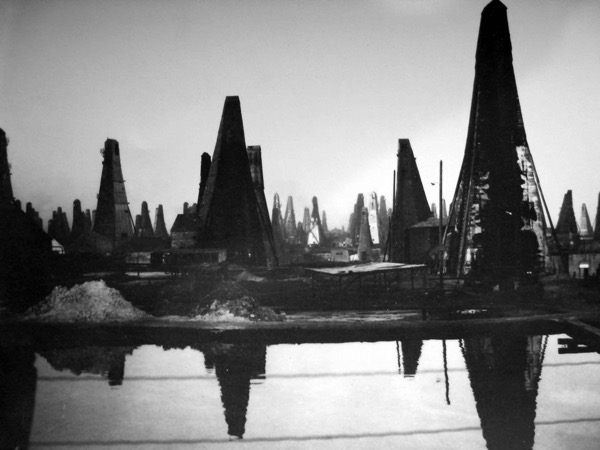VIAGGIO IN CAUCASO E PERSIA
Mario Piacenza (IT 1910)
With the advent of cinema, and travel films in particular, the world suddenly seemed to shrink at dizzying speed. Capturing pictures from every corner of the globe, the new technology celebrated a symbolic conquest of the Earth by the triumphant bourgeoisie of the early 20th century. Mario Piacenza (1884-1957), a textile manufacturer from Biella, in Piedmont, with a passion for mountaineering, travel, and photography, was an exemplar of this ruling class, firmly rooted in its own region and at the same time involved in a dynamic and romantic expansion into the outside world – almost a precursor of the modern “glocal” (global/local) ideal.
In 1910, when he filmed the scenes of Viaggio in Caucaso e Persia, Mario Piacenza was 26, and shared with his brother Guido (1881-1939), himself a famous balloonist, the management of their thriving family wool business as well as a love of mountain climbing. Although the Matterhorn would always remain Mario’s favourite mountain, that summer he planned an expedition to a more exotic destination: the Caucasus Mountains, most of whose peaks were still unexplored. But the trip was struck by misfortune. In the village of Urusbievo, Piacenza’s companions – including Giuseppe Levi, a renowned scientist and later the father of author and activist Natalia Ginzburg – contracted cholera. One of their mountain guides, Jean Baptiste Pellissier, succumbed to the illness. Now alone, Piacenza abandoned his climbing plans but decided to travel on, going as far as Samarkand. With him he had his 35mm cine-camera, loaded with reels of virgin film, sent ahead – not without risk – by post to his stops along the way. Already an enthusiastic photographer, Piacenza had quickly been attracted to cinema; in subsequent years his cine-camera accompanied him to the summit of the Matterhorn and the foothills of the Himalayas.
The scenes shot on this solitary journey teem with life. More than landscapes or local colour, what strikes the modern viewer is the portrayal of people, their actions, their gaze, and above all their rapport with the foreign eye of the film camera. The inhabitants of an entire village pose outside their mud homes; the bustle of traffic animates the broad streets of Tbilisi, overlooking the river with its mills, and the cheeky face of a little boy stares defiantly into the lens; politicians in Teheran make their stately entry into a Parliament opened only four years earlier, while veiled women walk cautiously, concealed from the eyes of the world; the chaos of the markets in Bukhara and Samarkand tells an intricate web of micro-stories, amid a riot of fabrics that cries out for colour film. Though spontaneous in their capture of unexpected moments, the footage frequently displays Piacenza’s instinct for formal composition and a particular taste for slow, contemplative panoramas. His shots of the oil wells in Baku, for instance, reveal an unforgettable landscape that seems almost the skyline of another planet.
The copy we are screening is a reconstruction based on positive and negative nitrate fragments, unedited and without intertitles, conserved at the Museo Nazionale del Cinema in Turin. The main sources used to establish the editing order of the shots and to prepare the texts of the intertitles were the letters written by Mario Piacenza on his travels, now held by the Fondazione Piacenza in Pollone. We wish to acknowledge the valuable contributions to the research behind this presentation by Gosfilmfond in Moscow and Simone Cristoforetti.
Stella Dagna

copia/copy: 35mm, 720 m., 35′ (18 fps); did./titles: ITA/ENG.
fonte/source: Museo Nazionale del Cinema, Torino.
Restauro/Restored: 2016 (ricostruzione/reconstruction: Museo Nazionale del Cinema; lab. L’Immagine Ritrovata, Bologna).


 Italiano
Italiano